Heating and Cooling System
Smart technology is meant to simplify our lives. While home heating and cooling equipment has typically been designed with the latest technology available, there was never a need for smart communication - that was left to the thermostat or control system. But as consumer behavior changes and home automation becomes more ingrained into our lifestyles, particular heating and cooling equipment manufacturers are responding.1. Smart Thermostat
The smart thermostat is all about comfort and efficiency. A smart thermostat works through Wi-Fi technology, which enables you to control the temperature of your home from anywhere. Moreover, it can be controlled with an easy-to-use mobile app. The smart thermostat is more advanced and efficient than the normal thermostat and helps you in saving energy costs while providing you with the comfort and control you need at your home.Being a smart device, a smart thermostat can seamlessly connect with other smart devices and home service assistants such as Amazon Alexa, Google Assistant, Apple HomeKit, IFTTT, Samsung SmartThings, and others.
Working of Thermostat
Smart thermostats consist of multiple sensors, controllers, and processors that work in coordination to provide desired temperature and humidity. The sensors include temperature sensors, humidity sensors, and occupancy sensors.some thermostat may also have built-in voice command service like Ecobee4, others can work with smart home service we mentioned before. These sensors take signals from the environment, voice commands, and commands from smart devices, and process those commands to regulate the thermostat accordingly.
Here are a few common use cases of the smart thermostat:
- As soon as you turn off lights and sleep, the smart thermostats adjust the temperature to a comfortable range.
- When you leave home, the smart thermostat turns off all the HVAC equipment and minimized power consumption.
- As soon as you enter the home, the smart thermostat greets you by turning the heating/cooling on.
- Smart thermostat can automatically adjust to your daily thermostat settings so that you don’t have to give daily inputs.
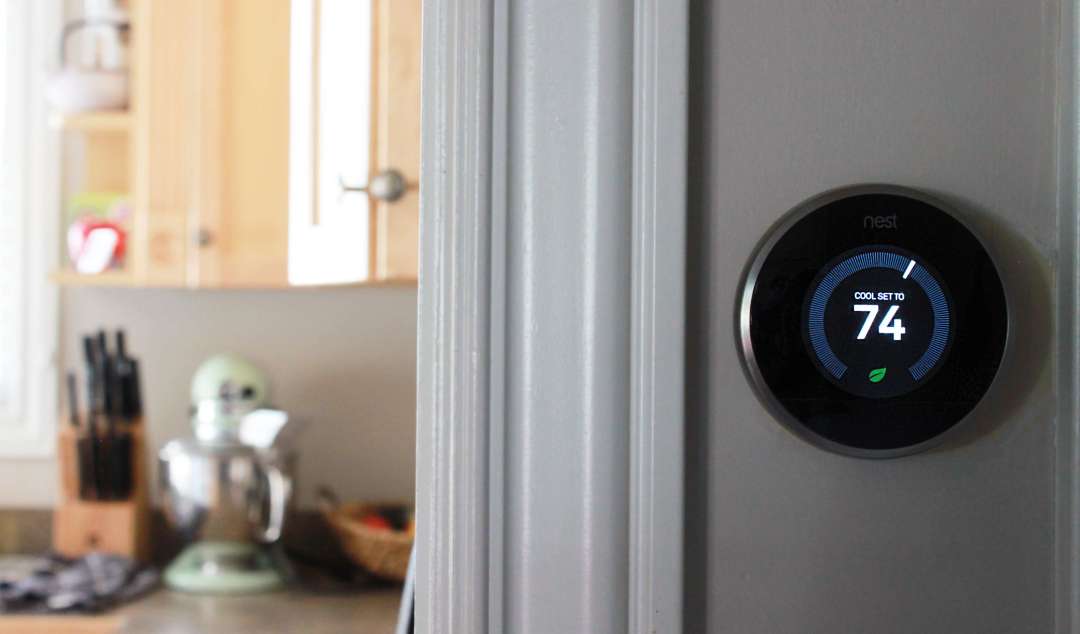
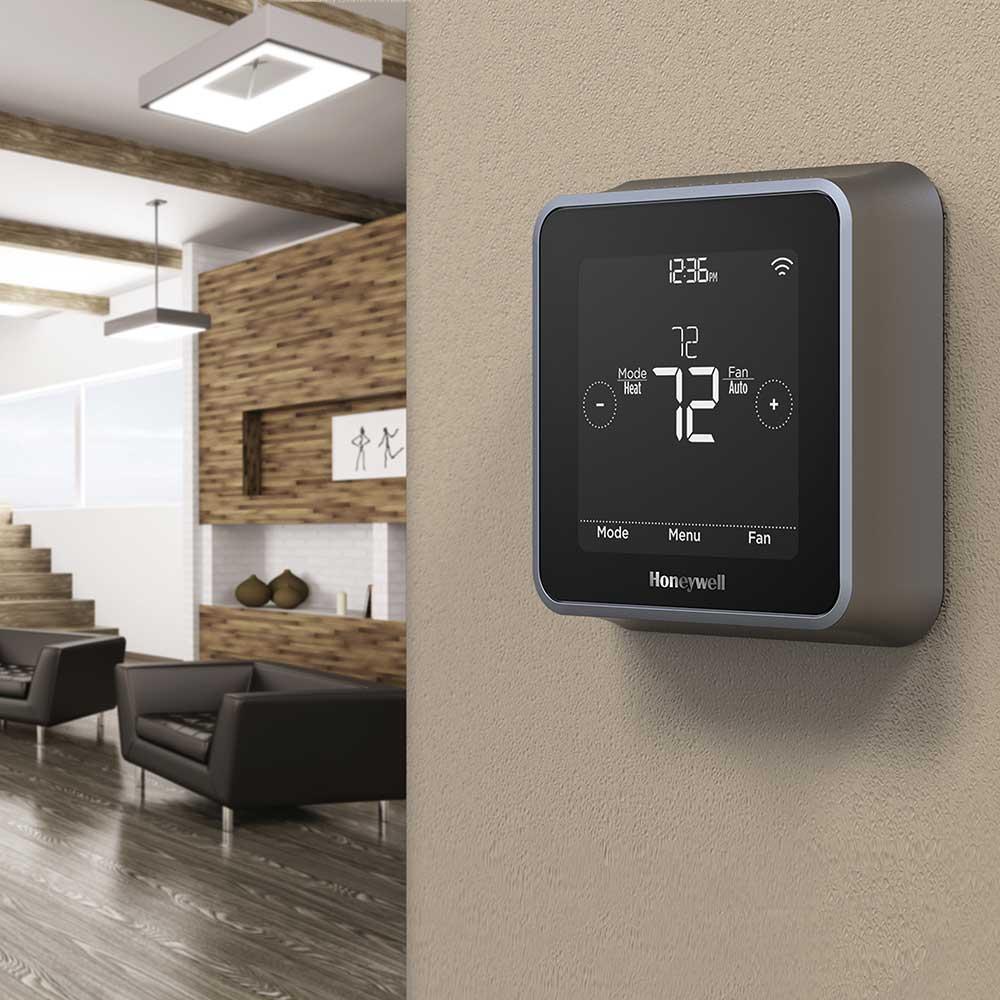
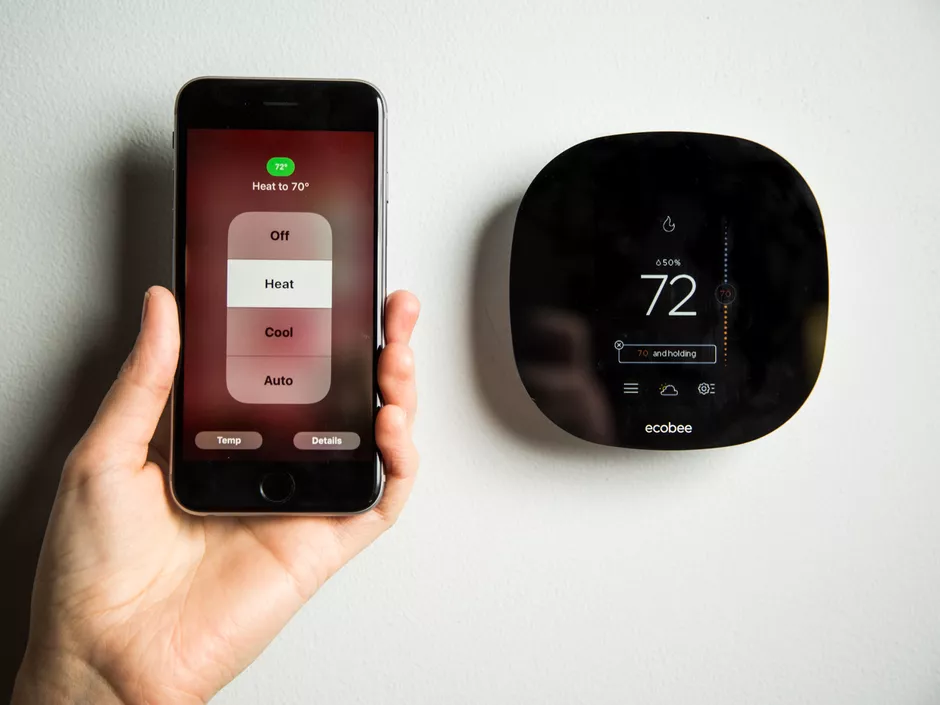
2. Smart HVAC/AC
Heating, Ventilation and Air Conditioning (HVAC) systems can reduce consumption in unoccupied zones of a building. They can also continuously adapt the operation to fit the demand and detect needs for maintenance. They are based on sensors and use control strategies adapted to the technology of the system, by modulating temperatures, flow rates, capacity, etc.Smart HVAC systems allow demand control, by improving the response of systems to the heating, cooling and ventilation needs. Smart systems can also embed, in addition to sensors, learning algorithms in order to better fit with users behaviour or building's use. Another strength of smart systems is their ability to communicate information about their operation, energy consumption and energy efficiency. This information can be used by consumers, owners, building managers, maintenance staff and energy grid managers. This allows human or automatic actions to adjust the system, by changing for example temperature settings, times for on and off operations, length of preheating or precooling periods before occupation, etc.

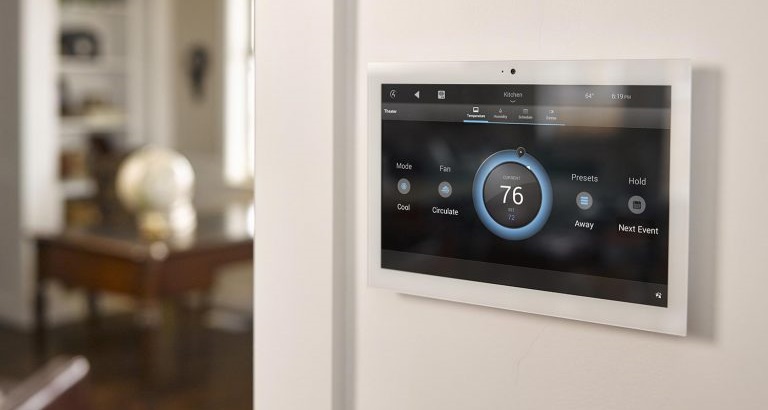
Automation & Sensors:
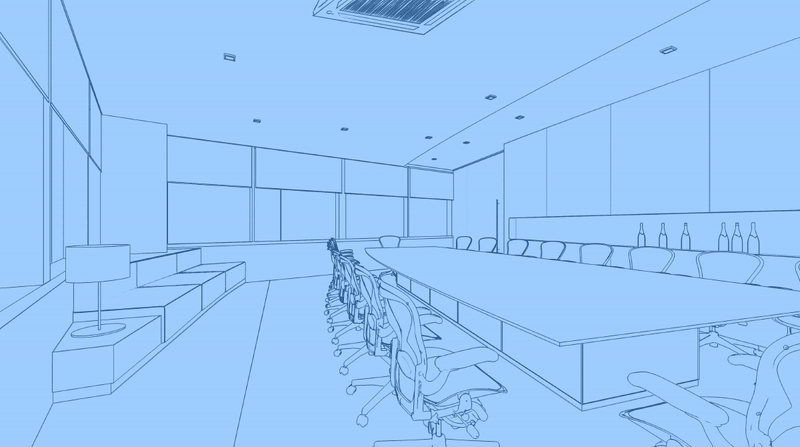
Smart sensors such as thermal and occupancy sensors are implemented for comfort and efficiency With the implementation of sensors and automation in HVAC systems, it is possible to conserve energy, reduce costs and improve the comfort of occupants. Occupancy sensors are utilized to determine whether or not a room or space is occupied. A system with thermal sensors can be particularly effective in instances where a large gathering of people in an office or conference room may cause a sudden and temporary rise in temperature. While high levels of CO2 can negatively affect critical thinking and decision making, HVAC systems can use CO2 sensors to detect CO2 levels and adjust to provide a consistent flow of fresh air to a designated space. HVAC systems with CO2 sensors and CO2 level management are most effective in closed spaces in offices or industrial settings.